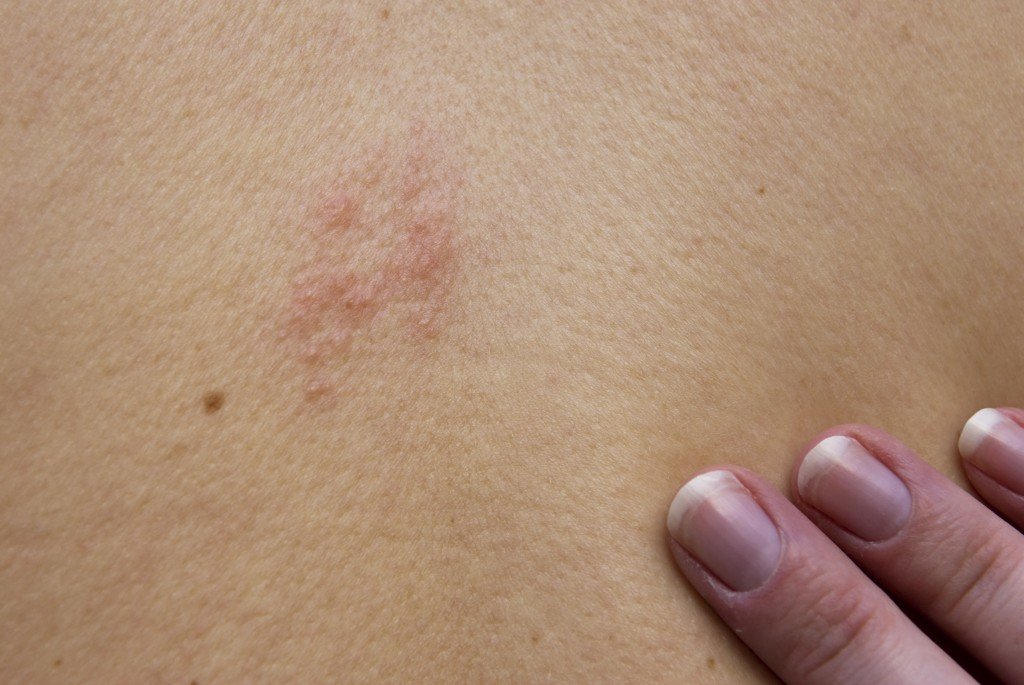Canadian singer, Justin Bieber, recently announced he has taken time off from his tour to recover from Ramsay Hunt syndrome. We hope his recovery is quick and complete.
What is Ramsay Hunt syndrome?
Ramsay Hunt syndrome was first described in 1907 by James Ramsay Hunt in a patient who had ear pain associated with skin and mucosal rashes. Ramsay Hunt (1872 – 1937), was an American neurologist.
Ramsay Hunt syndrome is a viral infection. The varicella zoster virus, which also causes shingles and chicken pox, typically infects facial nerve near the inner ear, causing weakness, inflammation and sometimes pain in the surrounding areas.
After chickenpox clears up, the virus still lives in the nerves. Years later, it may reactivate. When it does, it can affect the facial nerve causing one-sided facial paralysis and hearing loss.
According to a report published in the Canadian Medical Association Journal (cmaj.ca/content/189/8/e320), Ramsay Hunt syndrome has an annual incidence rate of 3.2 to 4.2 cases per 1,000 people.
Ramsay Hunt syndrome can occur in anyone who has had chickenpox. It’s more common in older adults, typically affecting people older than 60. It is rare in children.
What is Bell’s palsy?
Ramsay Hunt syndrome can be confused with Bell’s palsy. A famous example of Bell’s palsy sufferer who experienced permanent effects is former Prime Minister of Canada, Jean Chretien, who had Bell’s palsy as a child.
Bell’s palsy is named after Sir Charles Bell, a Scottish doctor and surgeon in the 19th century. In 1821, Bell described the anatomy of the facial nerve and its association with the unilateral facial paralysis. Historically, the descriptions of the facial distortion were first told by early Greek and Roman physicians.
The cause of Bell’s palsy is unknown. Swelling and inflammation of the cranial nerve VII is seen. Most scientists believe that reactivation of an existing (dormant) viral infection may cause the disorder.
Bell’s palsy can strike at any time, and although most symptoms can improve within a few weeks and a complete recovery is usually anticipated, some people have lingering effects, and others may be burdened with symptoms for life.
What is the difference between Bell’s palsy and Ramsay Hunt syndrome?
Compared with Bell’s palsy (facial paralysis), patients with Ramsay Hunt syndrome often have more severe paralysis at onset and are less likely to recover completely. Overall, the chances of recovery are better if the treatment is started within three days.
Prevention and Management of Ramsay Hunt syndrome:
Shingles vaccination is the only way to protect against shingles and postherpetic neuralgia, the most common complication from shingles.
Shingrix, the shingles vaccine, can provide protection against both shingles and Ramsay Hunt syndrome. It’s available for adults age 50 and older, given in two doses two to six months apart, and is more than 90 per cent effective in preventing shingles.
Children are now routinely vaccinated against chickenpox, which greatly reduces the chances of becoming infected with the chickenpox virus. A shingles vaccine for people age 50 or older also is recommended.
Time is of the essence when it comes to treatment of Ramsay Hunt syndrome. If treatment begins within three days of the diagnosis, partial paralysis of the face resolves itself by 75 per cent. If treatment starts four to seven days after diagnosis, or more than eight days, paresis is resolved by 48 and 30 per cent, respectively.
Medical treatment may include: antiviral drugs, corticosteroids, and anti-anxiety medications. Drugs such as diazepam (Valium) can help relieve vertigo. The pain associated with Ramsay Hunt syndrome can be severe. Prescription pain medications may be needed.
Complications:
Complications of Ramsay Hunt syndrome may include permanent hearing loss and facial weakness. Usually, it is temporary but can be permanent. There may be eye damage because of the weakness of eye-lids. There may be postherpetic neuralgia.
Start reading the preview of my book A Doctor's Journey for free on Amazon. Available on Kindle for $2.99!


